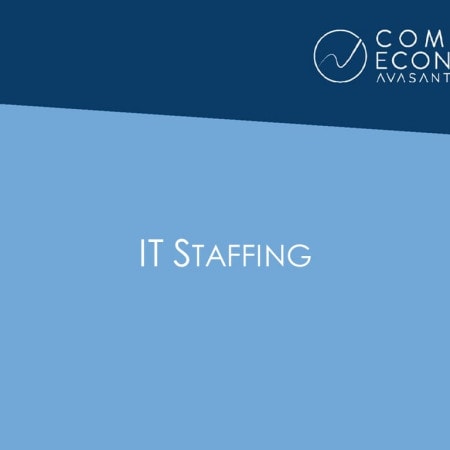-

Current Trends in Telecommuting Among IT Workers
Telecommuting is a growing practice across most industries. In this study, based on a special survey of IT managers, we first assess the extent of telecommuting within IT organizations today. We examine adoption levels by stages to gauge the future trend, the year-over-year growth, and the percentage of IT workers telecommuting at various frequencies. Next, we assess how IT managers rate the importance of telecommuting for recruitment and retention and their views of the advantages and disadvantages of telecommuting. Finally, we compare turnover rates of organizations that have strong telecommuting policies with those that do not. We conclude with recommendations for telecommuting policies, based on these findings. (7 pp., 10 figs.) [Executive Summary]
September, 2008
-

Factors Influencing IT Employee Turnover Rates
Because it is generally less expensive to retain good employees than find new ones, lowering turnover rates is a good strategy for reducing IT personnel expenses. In this study, we examine current trends in turnover rates and provide benchmarks for turnover by organization size. We then examine 11 factors commonly believed to influence employee retention, specifically: education and training opportunities, flexible schedules, work environment, social environment, incentive pay/bonuses, base salaries, insurance benefits, employee recognition programs, paid time off, retirement programs, and telecommuting opportunities. We assess how IT executives rank the importance of these factors, and we measure the impact of each factor on actual turnover rates. We conclude with recommendations on how organizations can most cost-effectively reduce turnover. (7 pp., 9 figs.)[Executive Summary]
August, 2008
-

Preserving IT Talent
With an eye on economic recovery, businesses today depend on information technology to drive new opportunities more than ever before. Oftentimes, IT organizations are expected to create, execute, and deliver projects in three months rather than three quarters. Itâs no wonder that employee retention continues to dominate the vital issues list across IT disciplines. IT organizations do not have the time that it typically takes to backfill crucial positions, nor can they afford to bear the cost of recruiting and training replacements.
September, 2002
-

Managing the Virtual Workforce, Ten Years Later (May 2002)
Ten years ago, organizations looked at telecommuting as a way to reduce cost, increase job satisfaction, and improve quality of life for employees. Today, telecommuting is part of the fabric that enables workers to collaborate across time, geography, and organizational structure. Further, since September 11, 2001, a virtual workforce is seen as a key enabler for continuous operations.
September, 2002

 Grid View
Grid View List View
List View